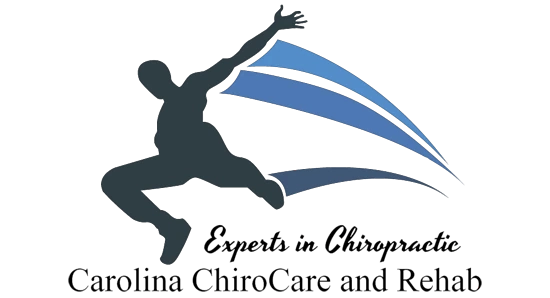MOST COMMON RUNNING INJURIES, AND THEIR TREATMENT

Many assume chiropractors only crack backs and necks. If you do too, you're not alone. However, this is a misconception. Chiropractors are trained to treat a variety of musculoskeletal conditions, to help battle injuries, to optimize athletic performance and prevent injury, and to enhance recovery in runners. In fact, chiropractic care is chosen by many, including some of the world's top athletes.
Chiropractors treat many different athletes, including runners, who typically tend to present with a variety of musculoskeletal complaints. Runners tend to suffer from repetitive stress injuries in the back, pelvis, hips, knees, feet, and ankles.
Here are the most common running-related injuries and how chiropractic care can treat and manage them.
Top 3 Running Related Injuries
1. Lower back pain from inflamed lumbar discs
Running causes a repetitive impact on the lumbar discs. The discs become inflamed and can bulge or herniate. This can lead to low back pain, sciatica, nerve pain, and muscle spasms.
- Low back pain from running is a condition treated frequently by chiropractors, typically with spinal and pelvic adjustments to restore proper mobility, electrical muscle stimulation to modulate pain, muscle spasms, inflamed nerves, and stiffness. Lumbar traction is also often used to decompress the lumbar discs, along with targeted strengthening and stretching exercises to strengthen weak muscles and stretch contracted and tight muscles.
2. Sacroiliac joint, pelvic and spinal alignment issues
- Excessively tight and short muscles, improper shoes, running on slanted services, and running the same course daily can have an effect on proper pelvic, sacroiliac joint, and spinal vertebral alignment.
It's a good idea to train on different running surfaces. Try switching it up by running in the woods or on the beach. When running on the beach, try running on the harder sand surfaces and not the loose sand. This will provide a more stable surface for your knees, ankles, hips, and low back. It's also a good idea to switch up your shoes and try alternating the pairs that you train in.
You should also always stretch after your runs and in between training sessions. Recent studies point to a decreased risk of injury by stretching after running and an increased risk of injuries when stretching before running. Focus on the muscles and ligaments getting the most wear and tear, like the piriformis muscles, gluteus medius, TFL, IT band, paralumbar muscles, calf muscles, hamstrings, and quadriceps.
Chiropractic adjustments will help to mobilize and balance joint misalignments. When chiropractors align the joints in your sacroiliac and lumbar spine, they will move more smoothly and freely when you run, providing increased performance and decreasing the risk of injury. Your chiropractor may also perform adjustments to your feet, knees, ankles, and hips to help manage extremity dysfunctions.
Chiropractic adjustments combined with the proper strengthening and stretching exercises will target the surrounding muscles and ligaments of the joints.
3. Knee Pain & IT Band Syndrome
- IT band syndrome occurs when the IT band becomes irritated, inflamed, and hyper-contracted. It is a form of tendinitis. The IT band starts as a muscle in your gluteal muscles. The gluteus medius muscle turns into a fibrous fascia called the TFL or Tensor Fascia Lata. The TFL then turns into a tendon that attaches to the outside of your knee, often called the IT Band. These muscles, fascia, and tendons should be stretched aggressively in runners to avoid knee pain, sacroiliac joint dysfunction, and lower back pain.
Running causes repetitive wear and tear on the knees, which causes a loss in joint space. The repetitive pounding from running can wear down and damage the medial and lateral meniscus in the knees, which are considered shock absorbers for the knee, located in both the inside and outside knee joints. Your chiropractor may also recommend bracing, rest, and physical therapy to help manage your knee pain from running.
Many times, overpronation, or over supination issues in the feet need to be addressed with custom orthotics, or proper shoes. Patellar tracking issues are often related to the meniscus, which often responds well to switching over to custom foot orthotics and chiropractic alignments of the patella joint.
In health,
Dr. Jeffrey Gerdes D.C.
OFFICE HOURS
Monday
9:00am - 6:00pm
Tuesday
9:00am - 6:00pm
Wednesday
9:00am - 6:00pm
Thursday
9:00am - 6:00pm
Friday
10:00am - 4:00pm
Saturday & Sunday
Closed
Carolina ChiroCare and Rehab


